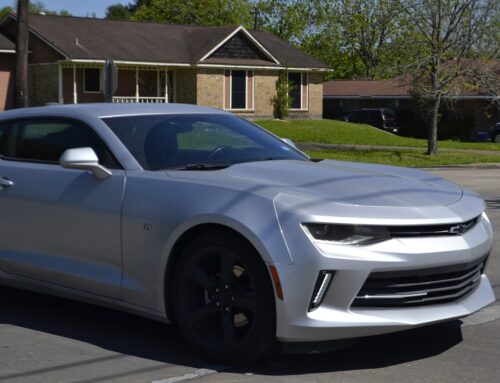There are many reasons that people fall into financial distress and are forced to consider bankruptcy. But one of the most significant issues people face in this regard is medical bills – and often, the job or earnings loss that goes along with a severe medical issue. In fact, medical problems figure in some way in as many as 60% of personal bankruptcies, causing some to refer to them as “medical bankruptcies” even though officially there is no such proceeding in bankruptcy law.
Dealing with medical bills has been a longstanding problem largely due to complex (or inadequate) insurance policies and high medical costs, including high-dollar medications. Many Americans are also without health insurance, which really makes it difficult after a medical emergency or unexpected injury or illness. People are often forced to pay for medical bills with credit cards, as they do not have access to the type of cash they need to pay their bills. Of course, credit cards come with high-interest rates and can be overwhelming very quickly.
If you find yourself struggling to take care of your family or making ends meet feels impossible due to medical bills, first realize that you are not alone. As noted, many people are forced to file a “medical bankruptcy.”
Feel Better with a Fresh Start
Most people file one of two types of personal bankruptcy – Chapter 7 or Chapter 13. Both types of bankruptcy take into account the filer’s healthcare costs.
The most commonly filed is Chapter 7 bankruptcy, or “liquidation bankruptcy.” In this filing, the individual agrees to give up specific property in exchange for the chance to start over. But, because exemptions are a part of this filing, most people can keep some or most of their belongings. Chapter 7 is available to those who pass the means test (read more here), and there is no required repayment plan. The discharge order from the courts will eradicate most debt within 4-6 months.
In contrast, Chapter 13 bankruptcy involves a structured repayment plan. The individual pays back creditors according to a plan based on their monthly income and expenses and non-exempt assets. Once the payment plan is completed, all remaining debts are typically discharged. Chapter 13 is often used to prevent foreclosure on real estate loans.
What Type of Debt Is Medical Debt?
In a bankruptcy case, there are several types of debt. Secured debt (debts secured by property such as a car loan) typically need to be repaid, or you may have to surrender the property.
Conversely, unsecured debt is not tied to a specific piece of property. Credit cards and student loans are both common types of unsecured debt – as is medical debt.
Medical Debt: Medical debt incurred before a bankruptcy filing is considered dischargeable. That includes medical bills reflecting treatment you received before filing, even if the provider did not deliver the invoice to you until after the case was filed. As long as the procedure or treatment was performed before the bankruptcy filing, the court may discharge it.
Finally, priority debts such as tax debts, child support, and alimony are not dischargeable through the bankruptcy process.
Medical Debt and Your Credit Score
Medical providers are often not as prompt as other creditors at reporting unpaid debts, but at some point, they will. If you are not able to pay your medical bills, your credit score will be impacted eventually. If the medical provider hires a lawyer for debt collection purposes, they can garnish your wages.
While filing bankruptcy is not right for everyone, bankruptcy may be the right option for you if you have excessive medical bills. For more information, call Sarasota bankruptcy attorney Richard V. Ellis.





